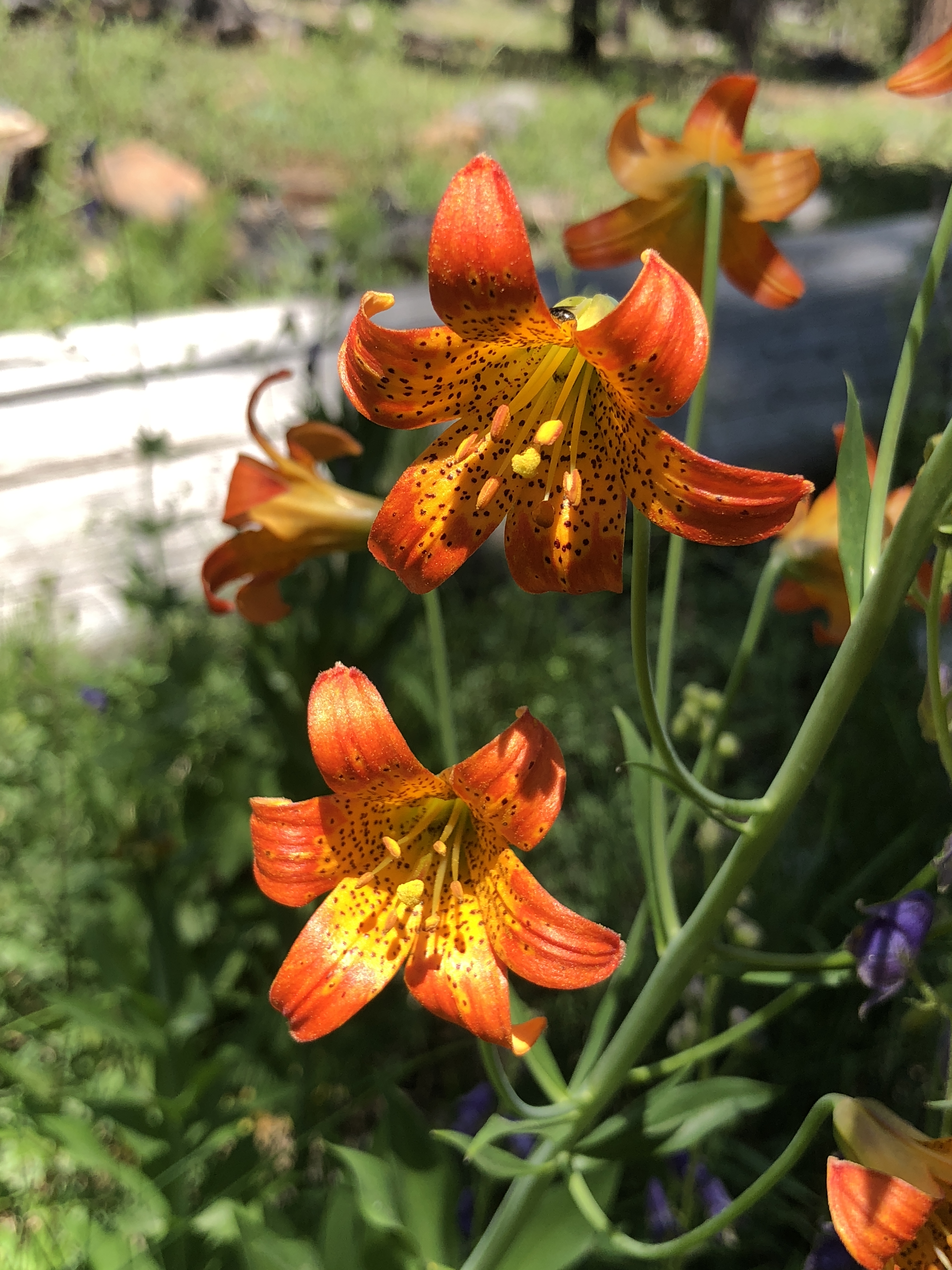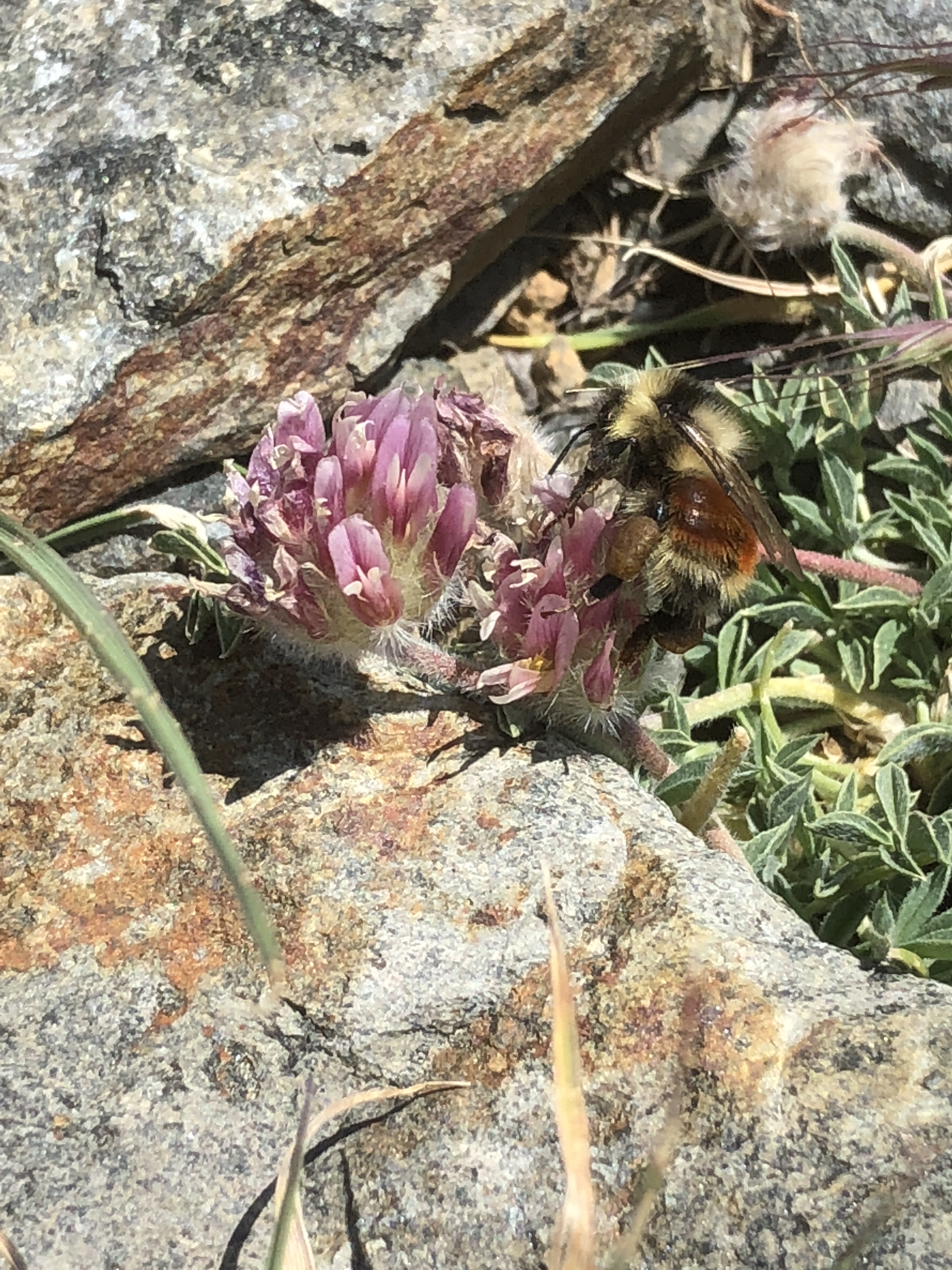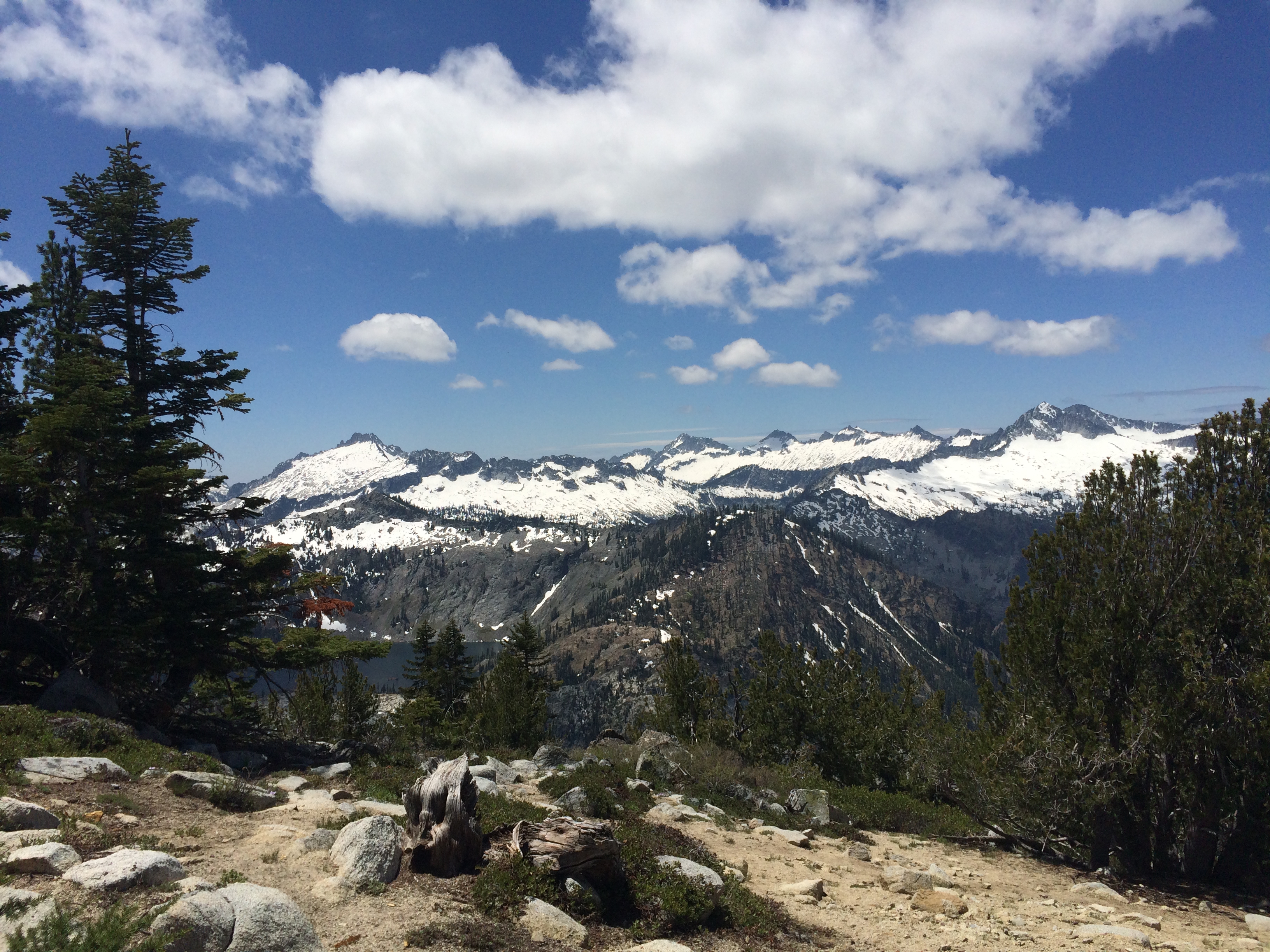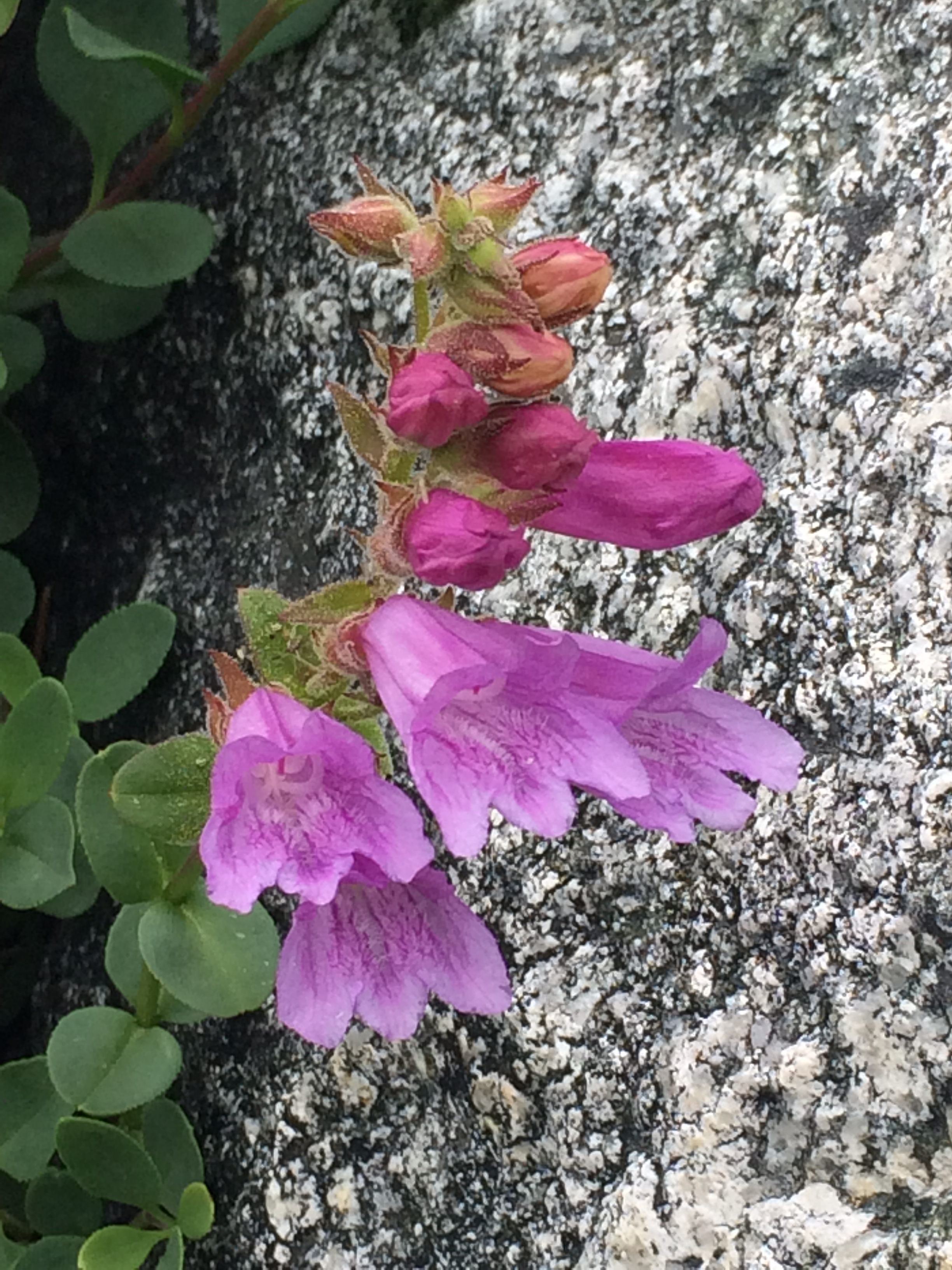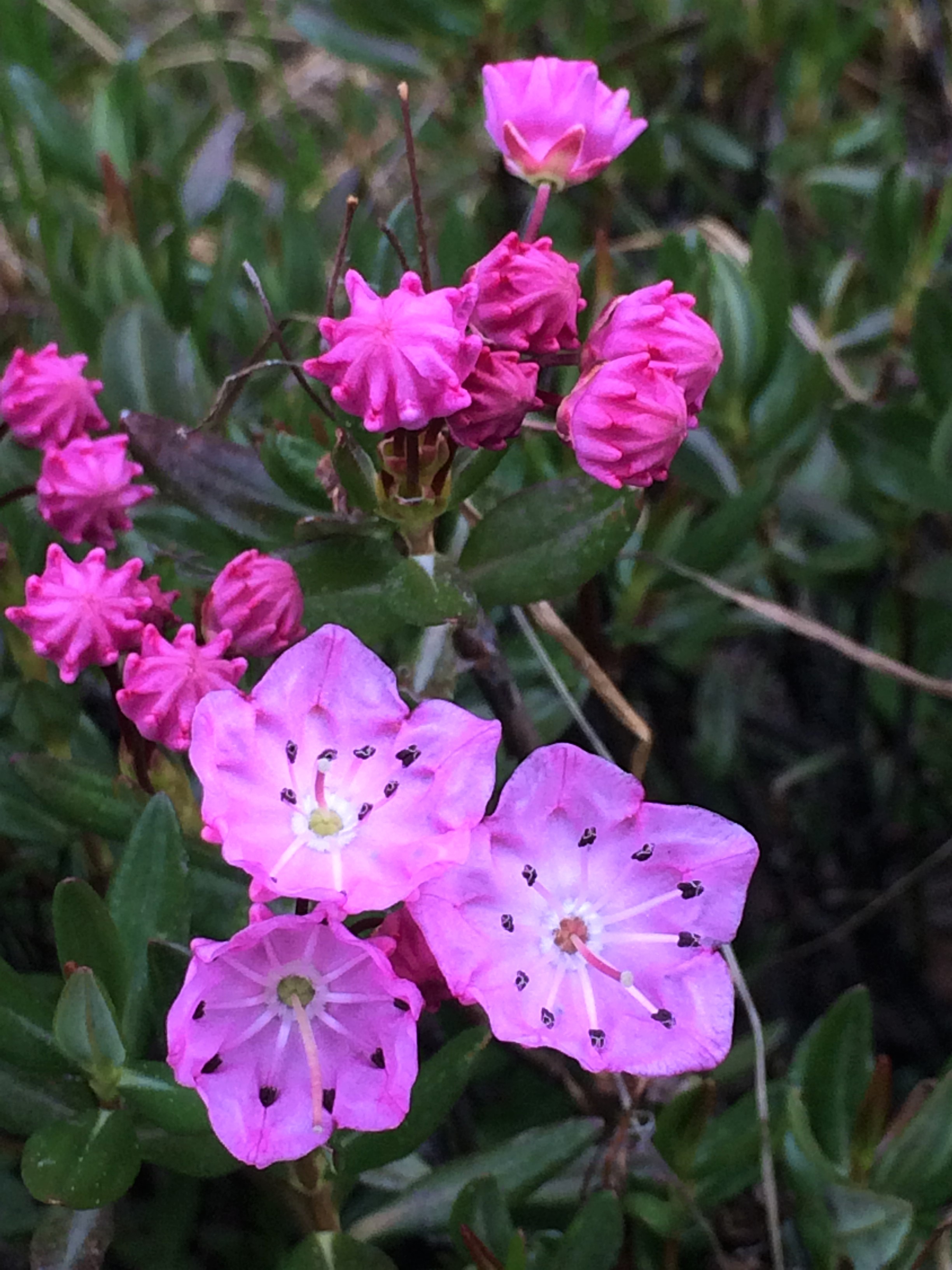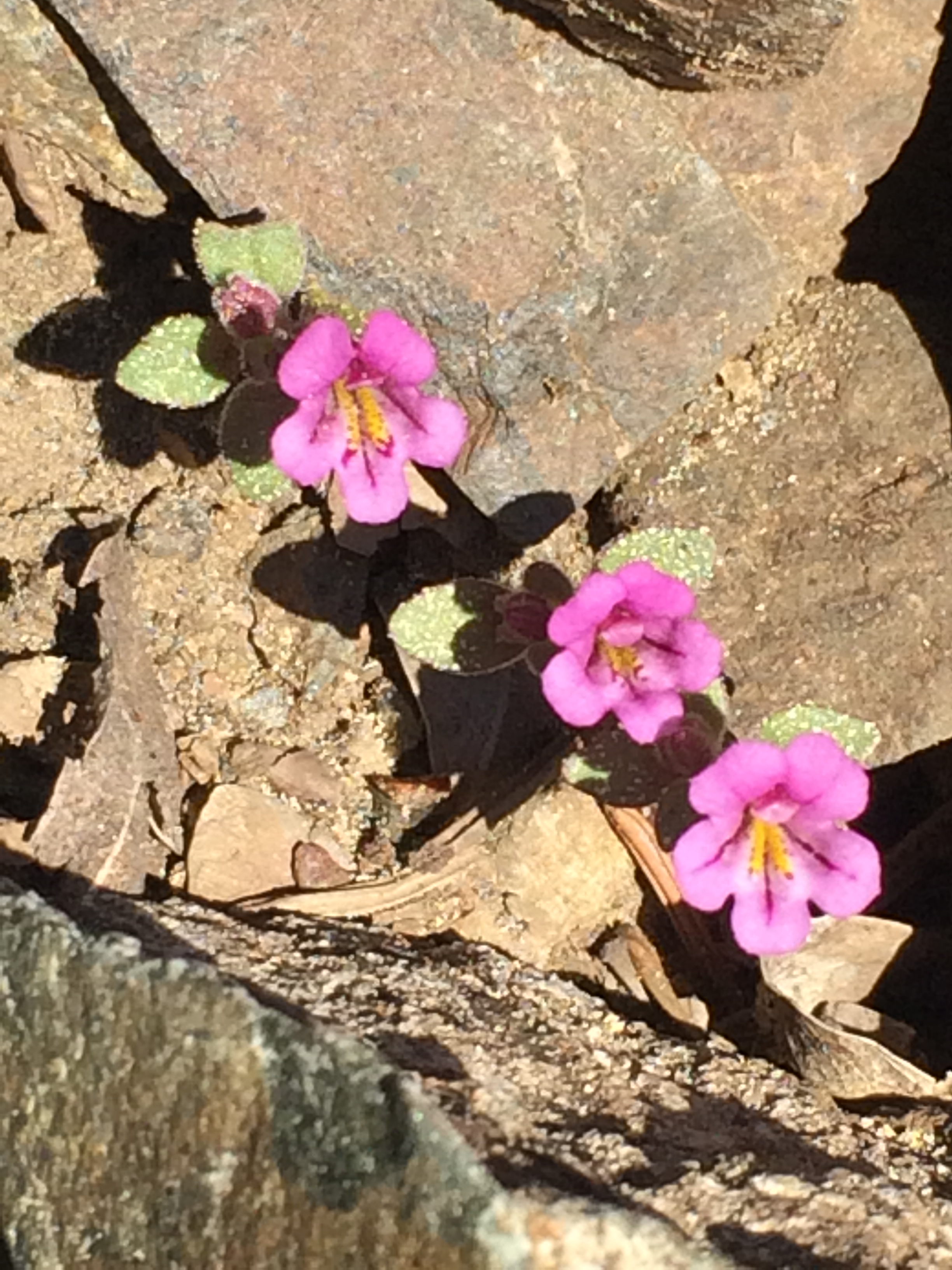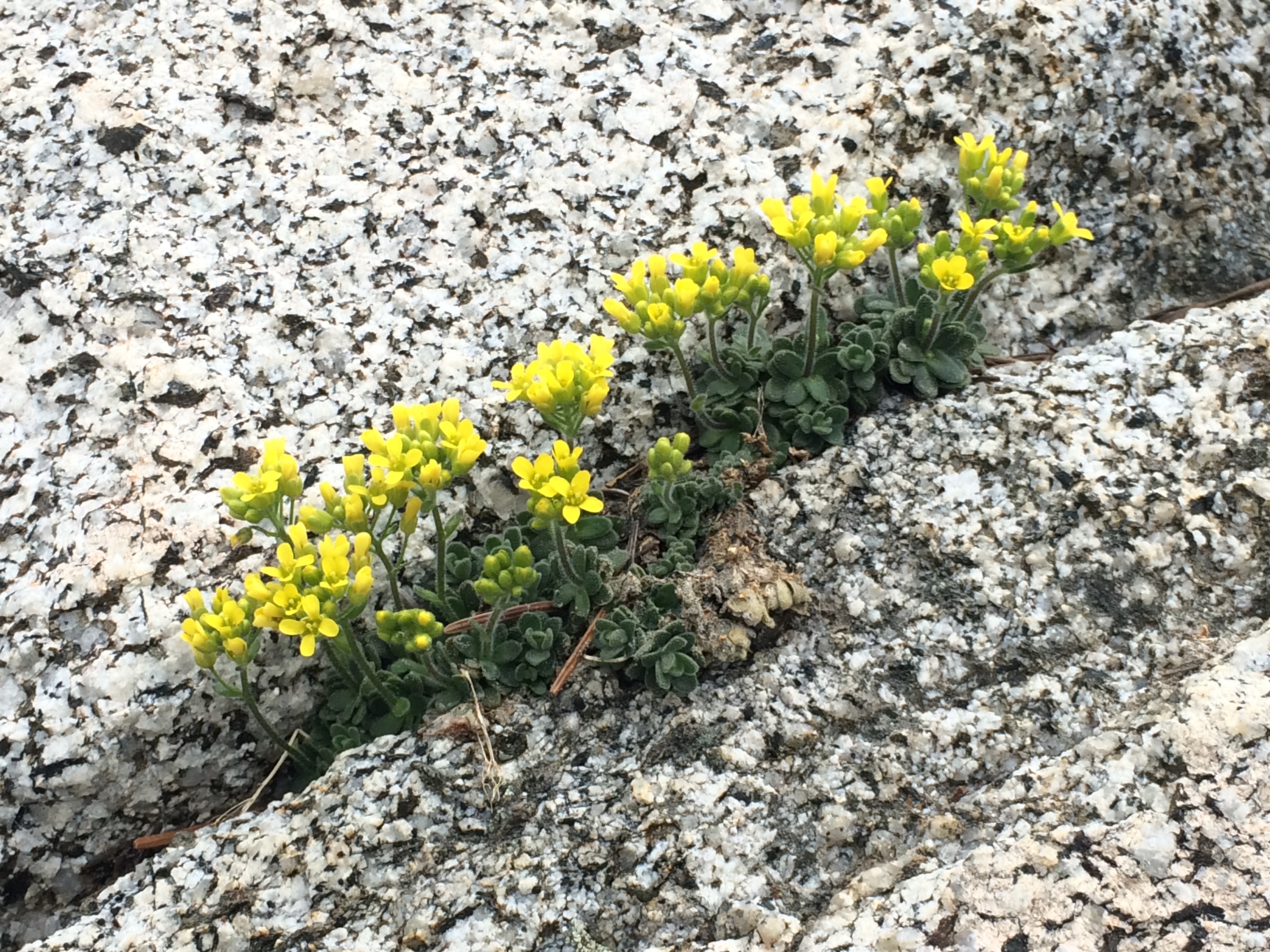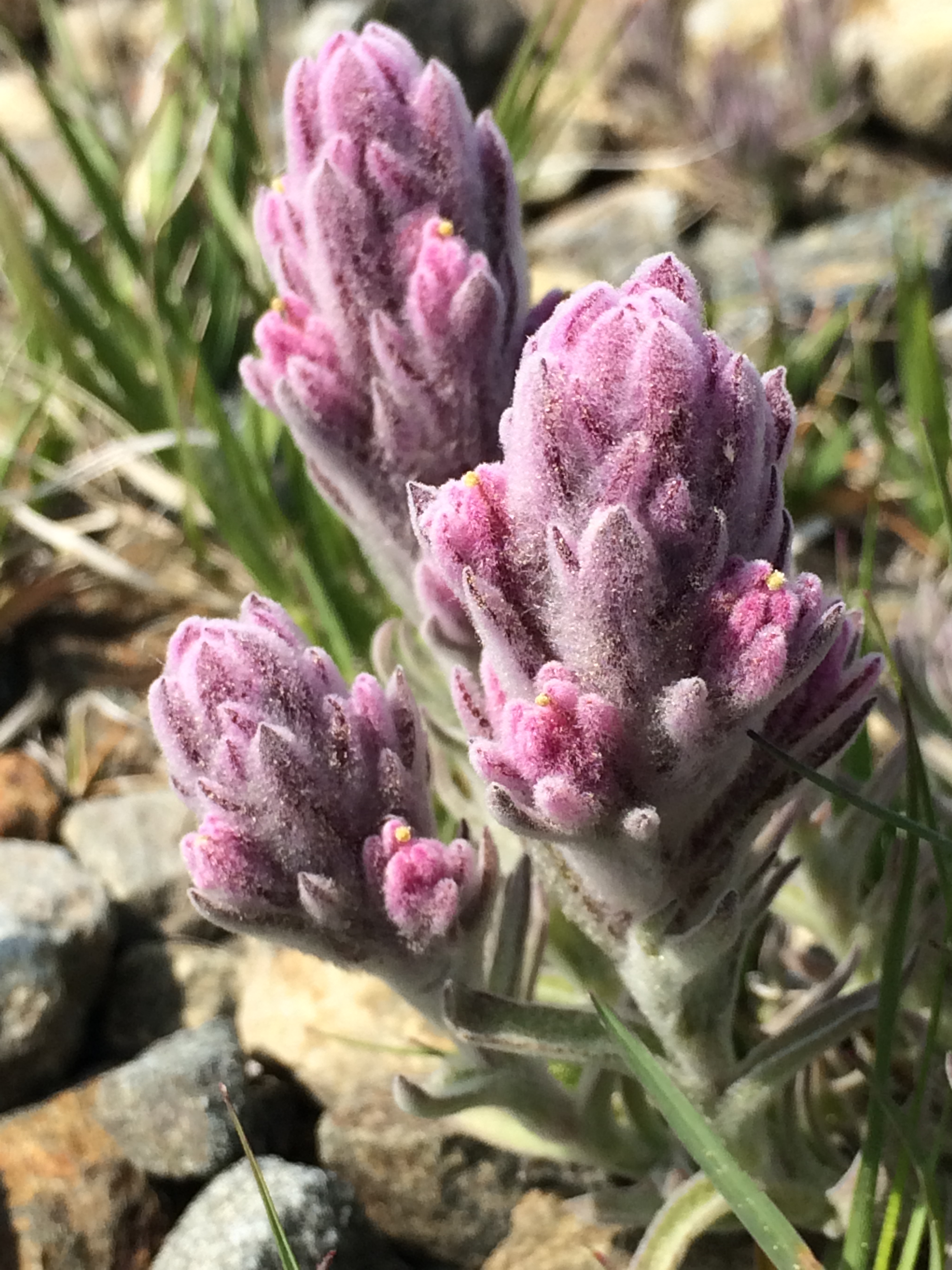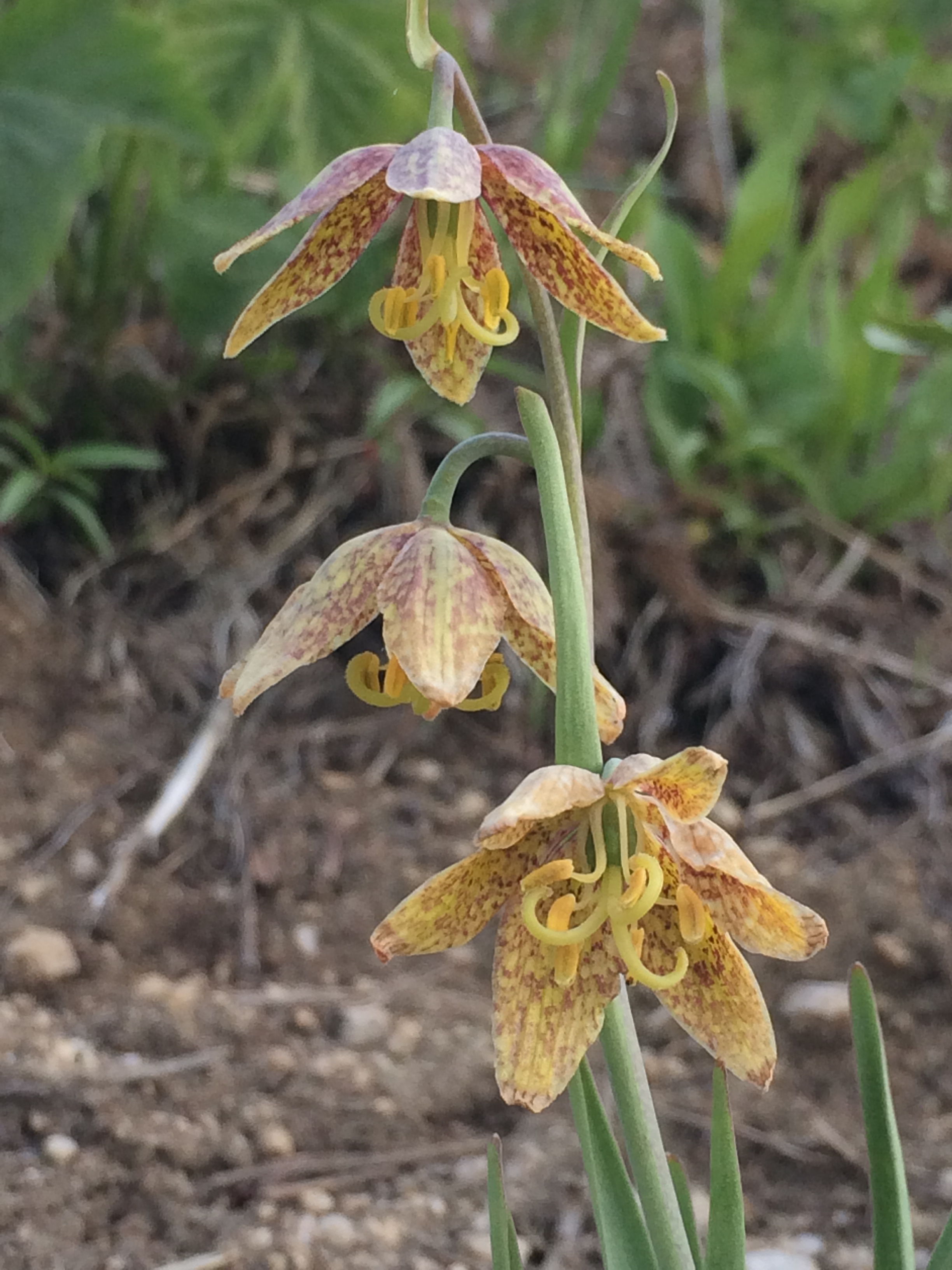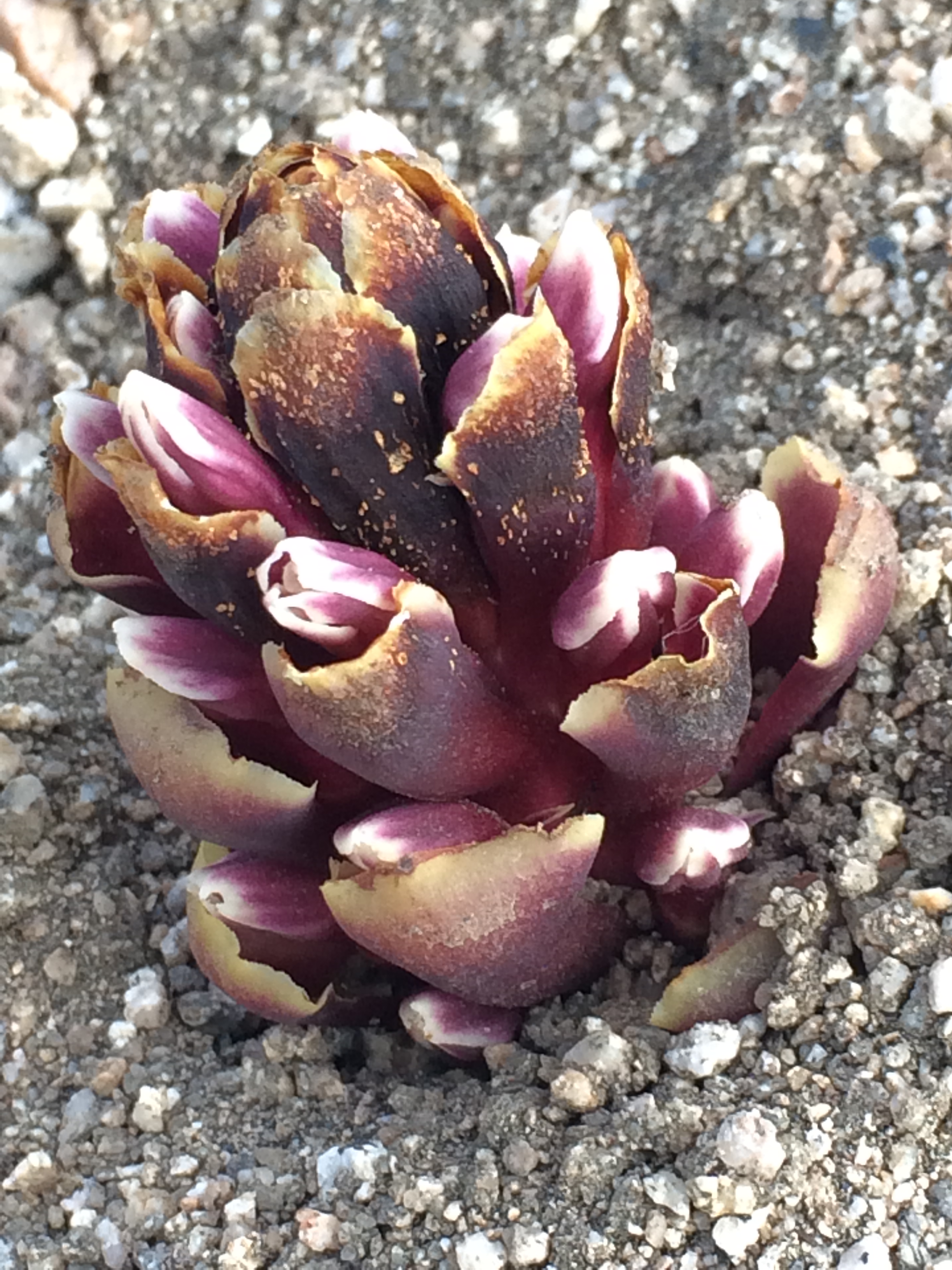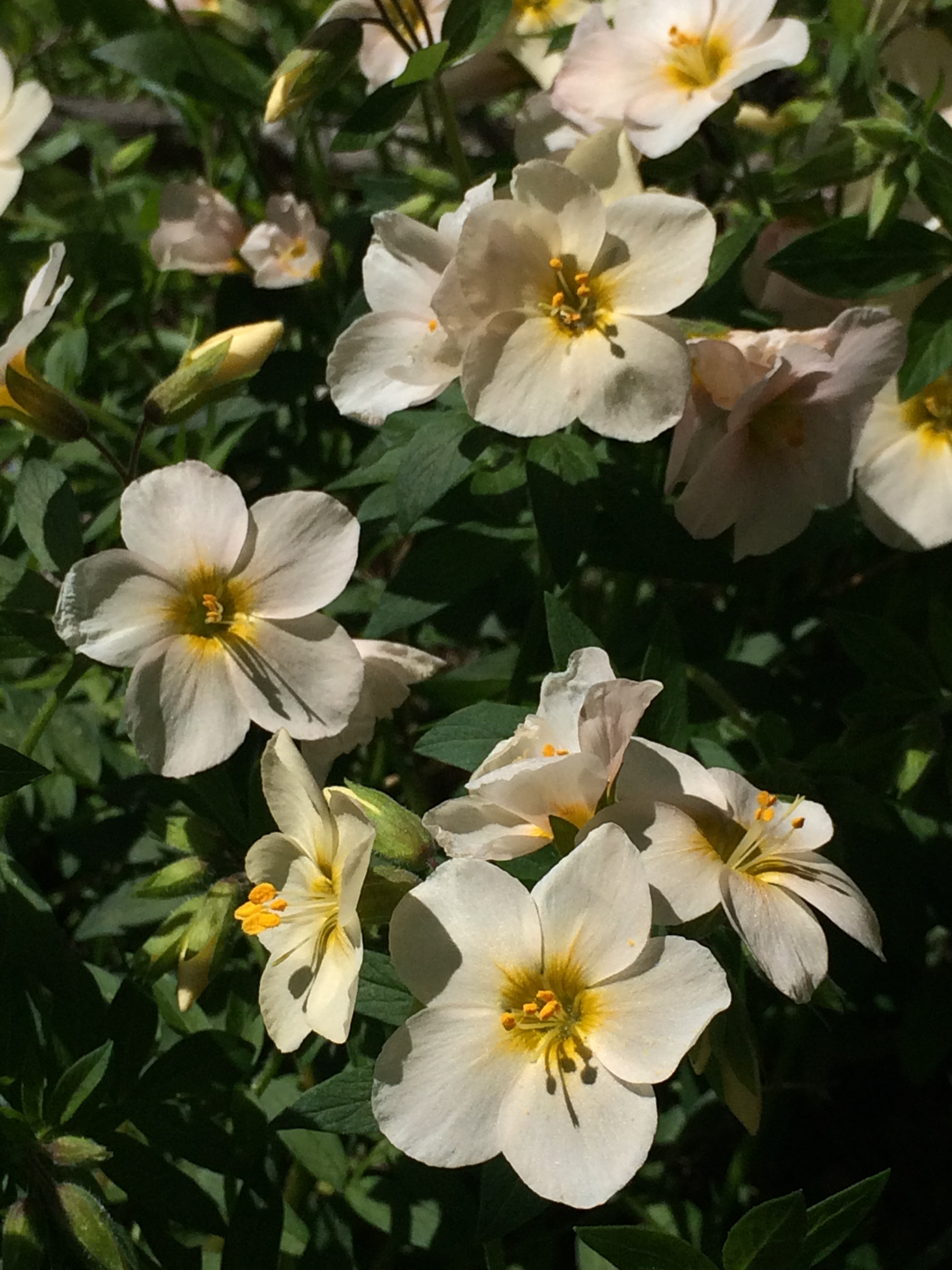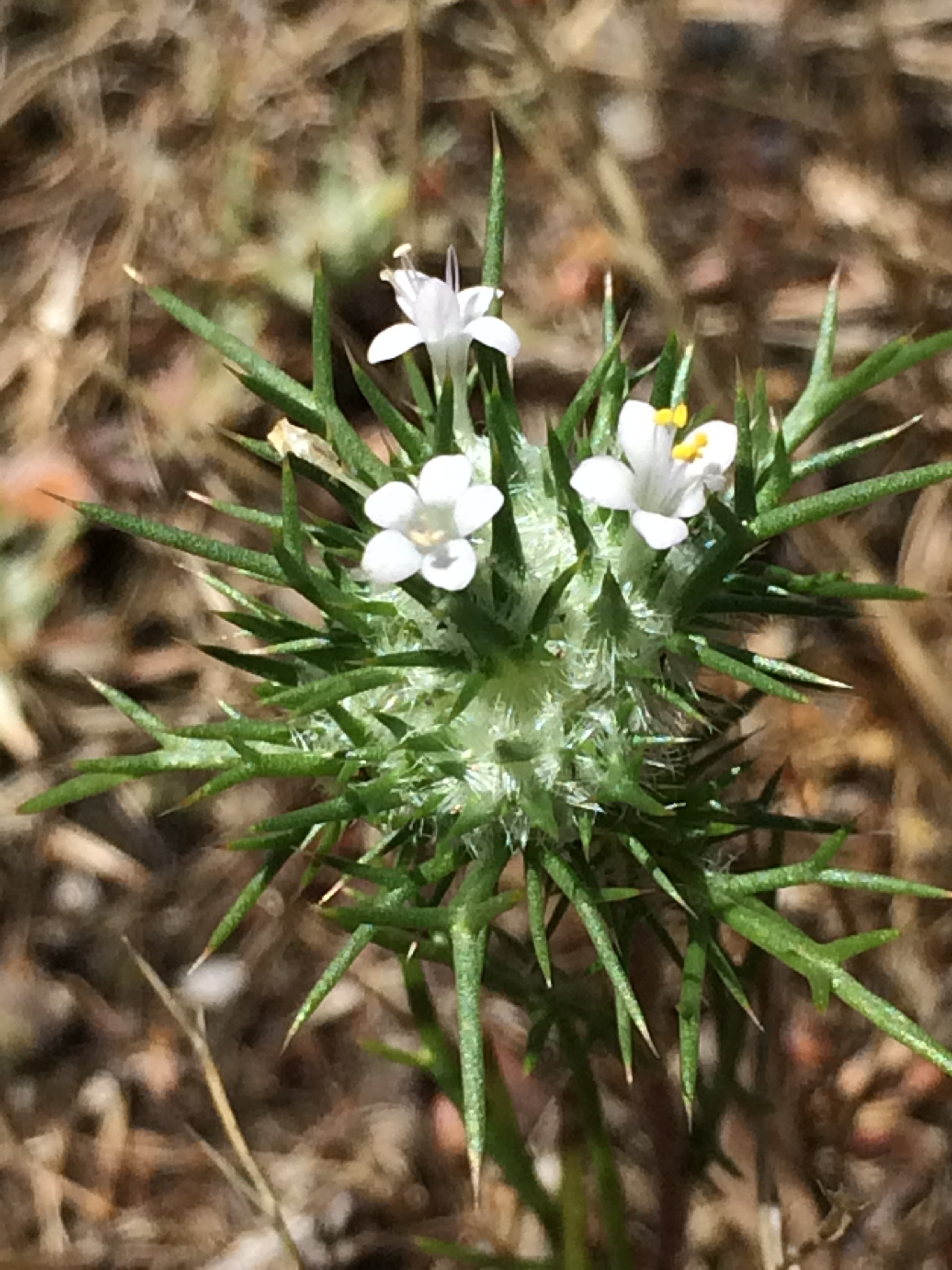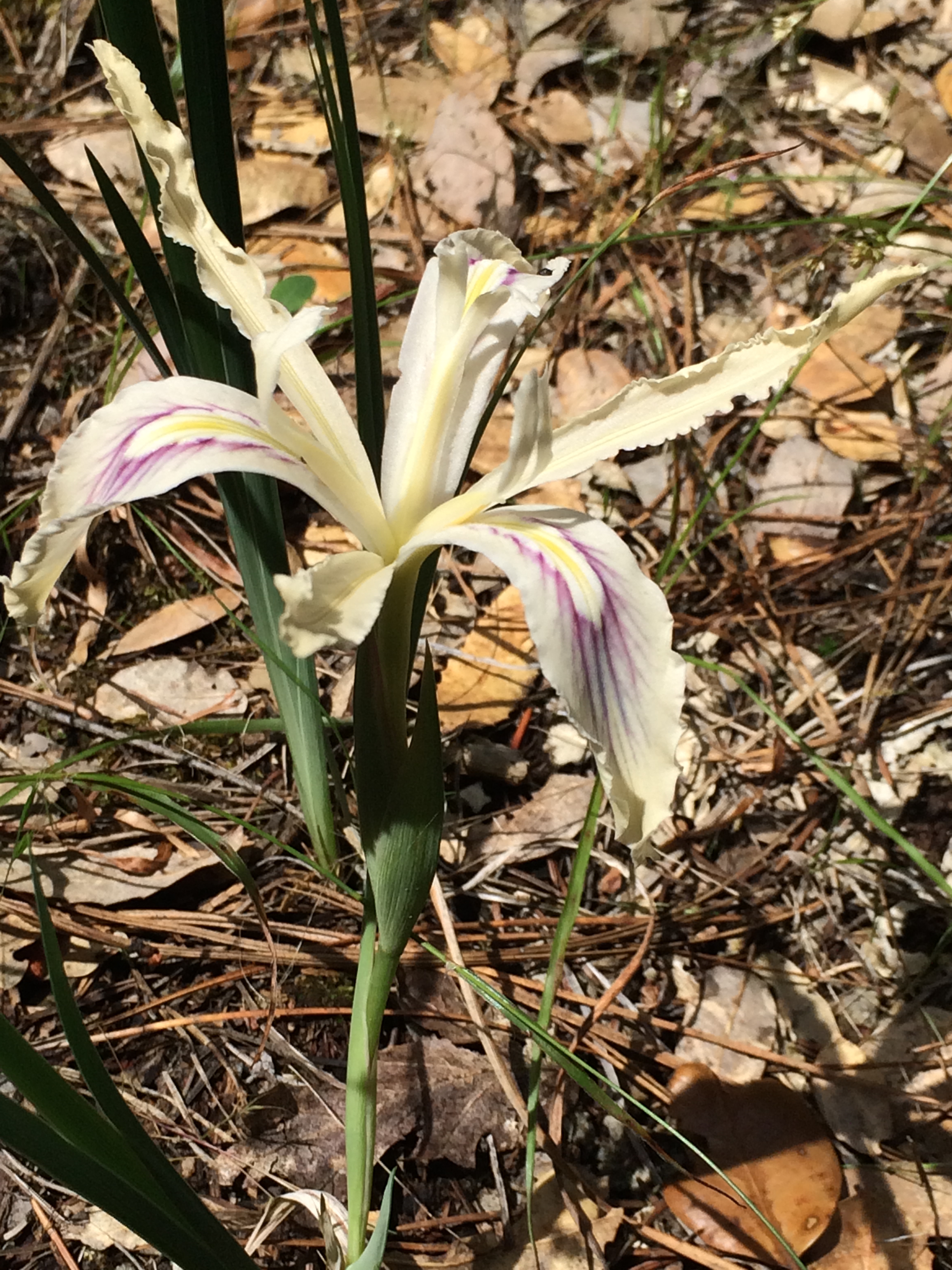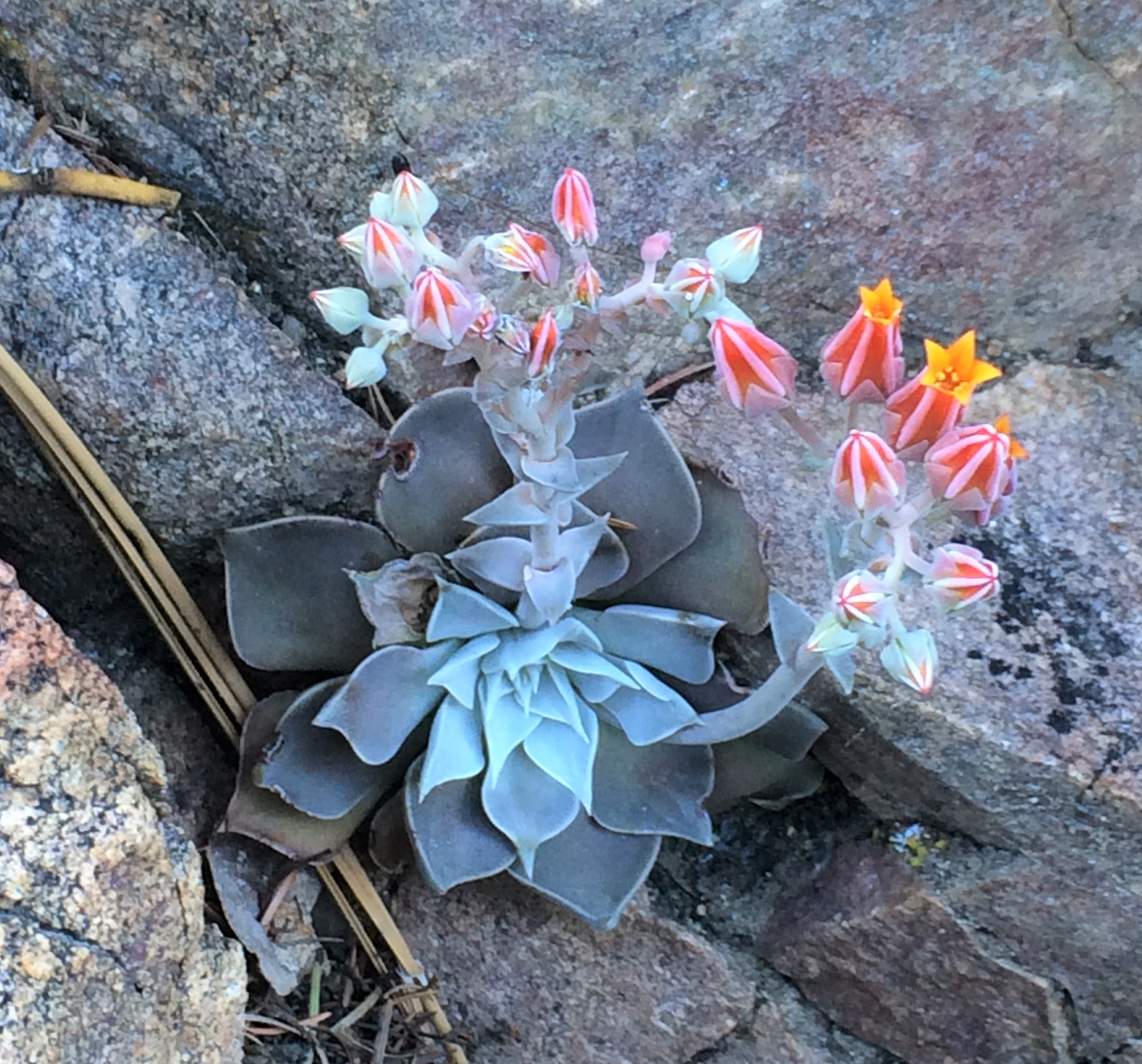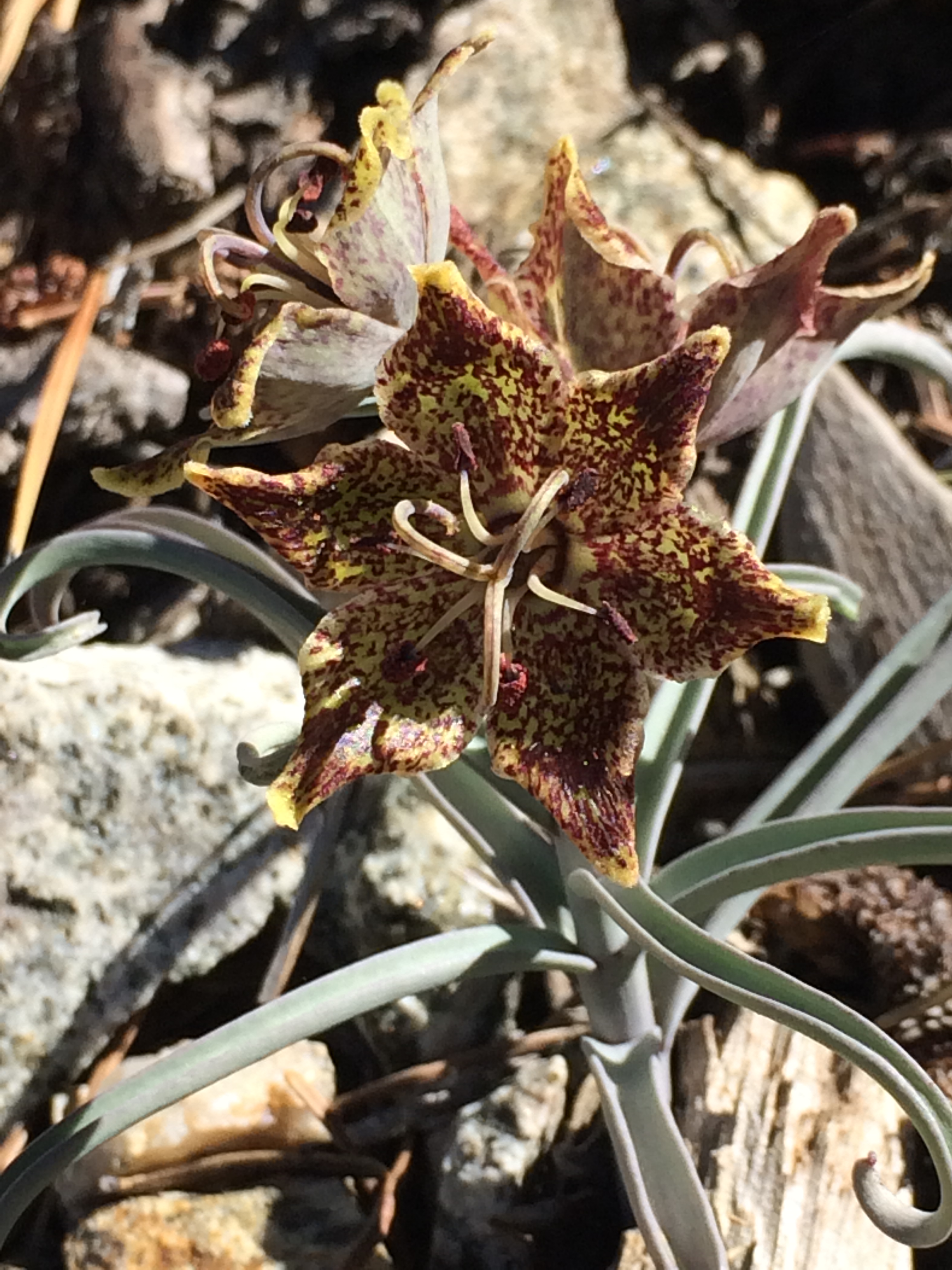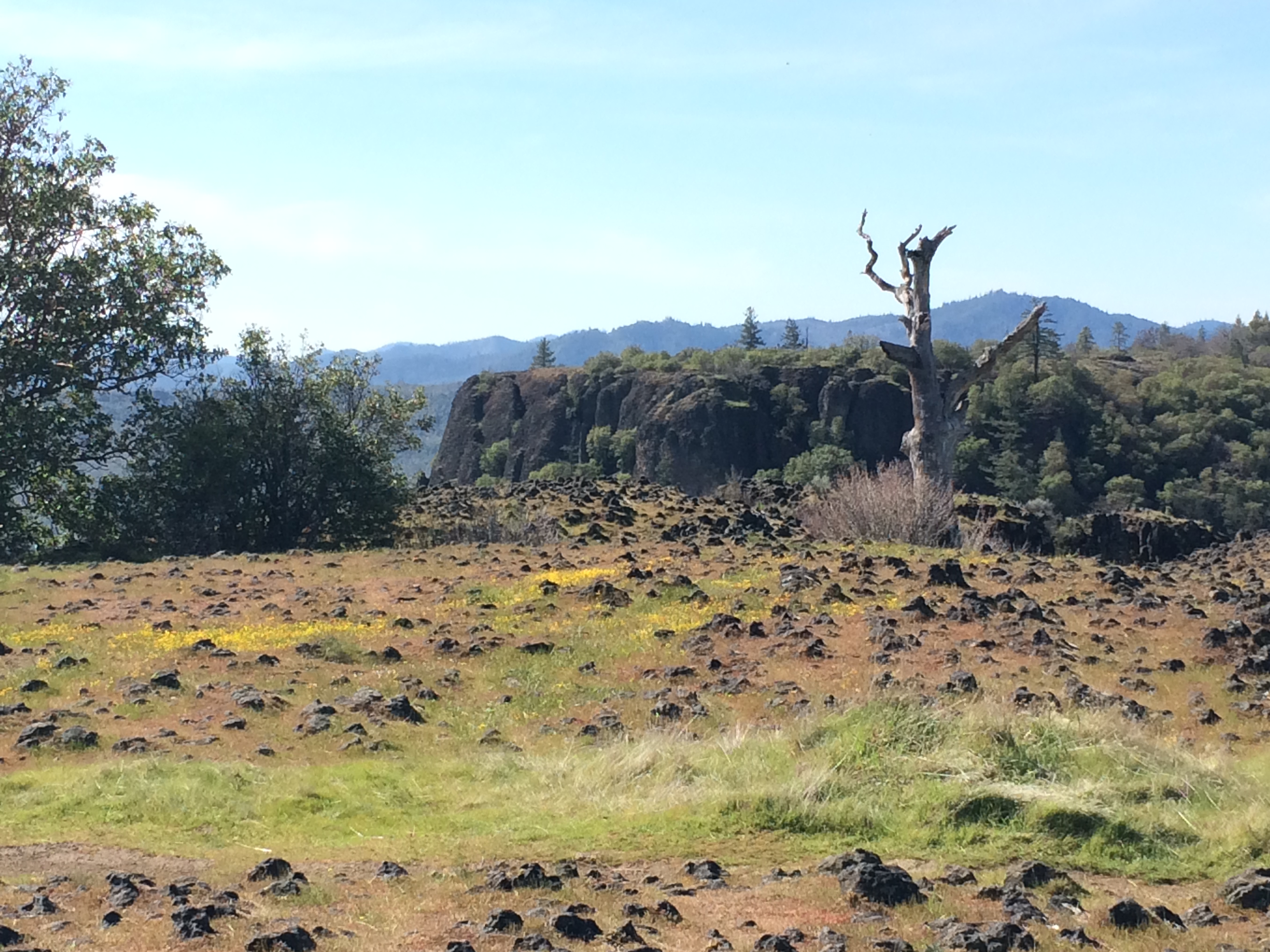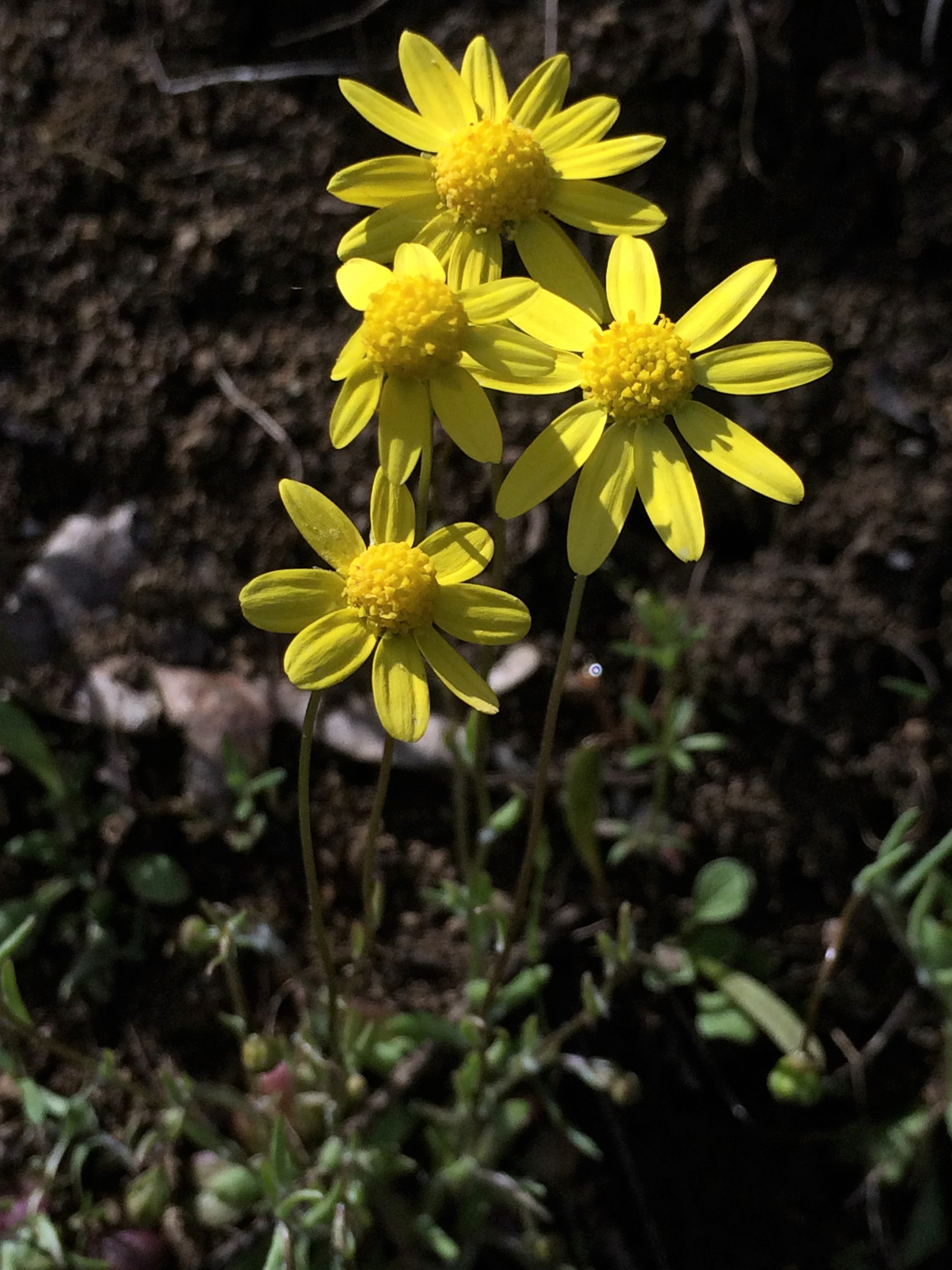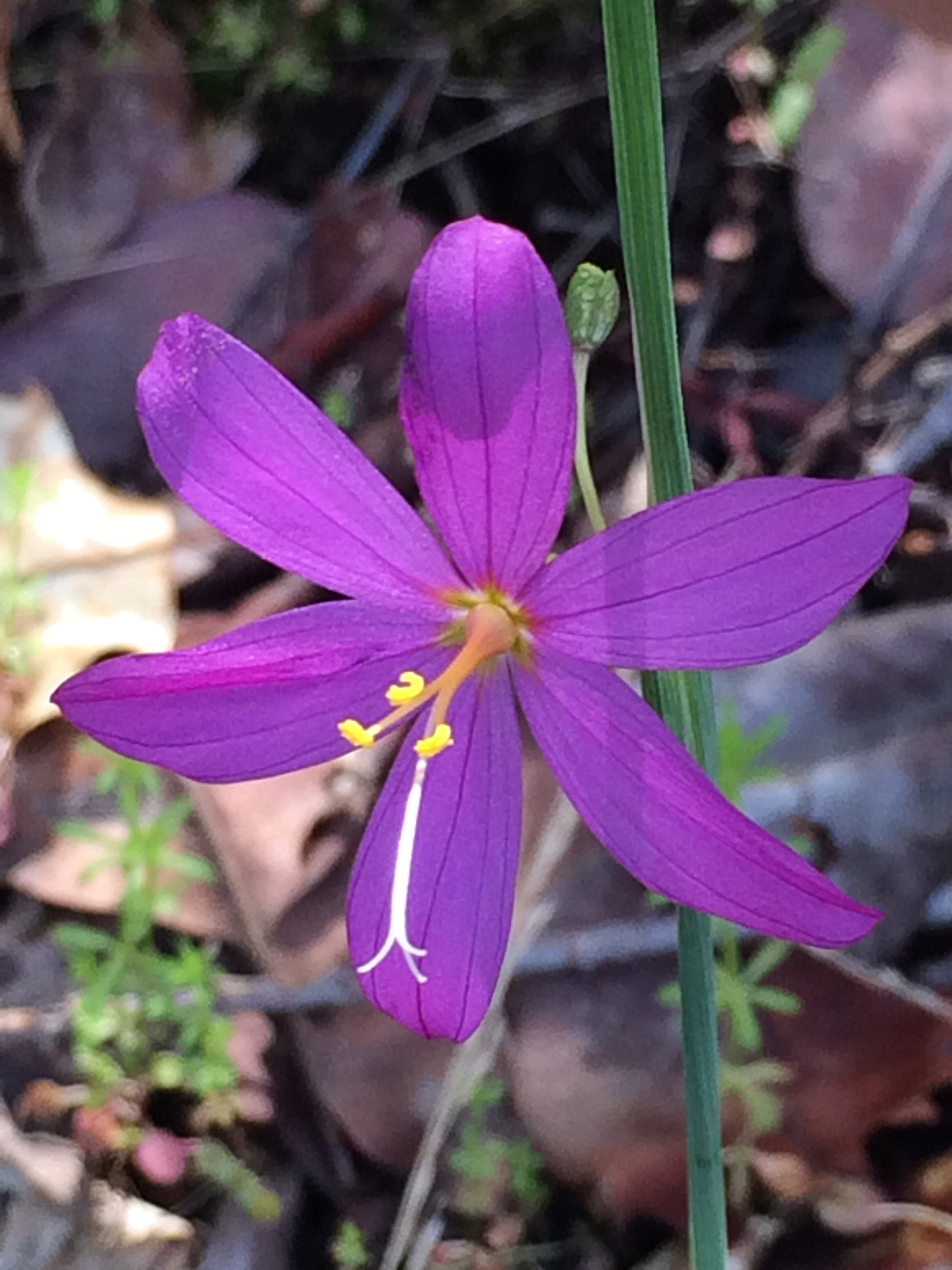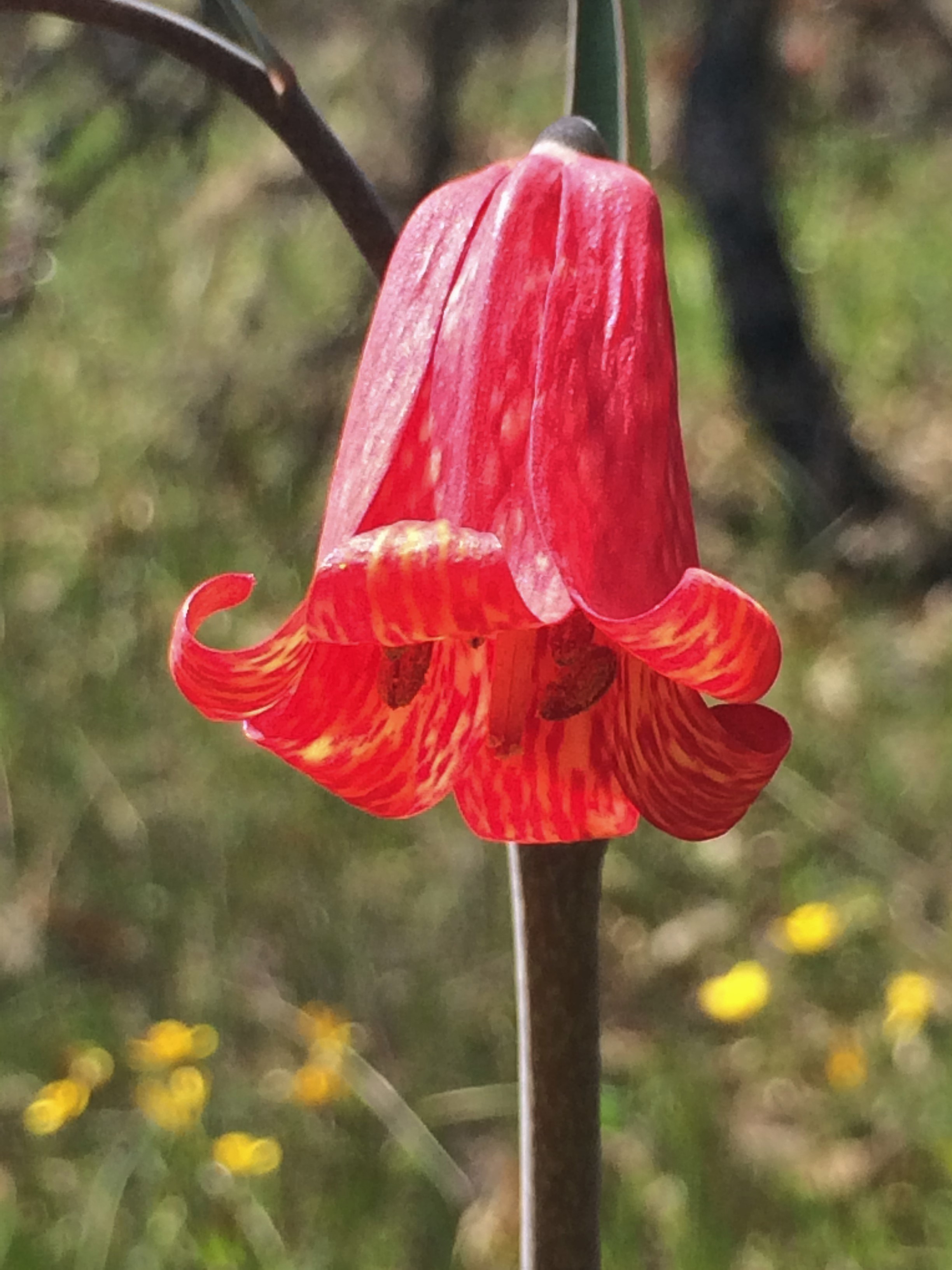A couple weeks ago, I went on an amazing hike last weekend to Snow Mountain–the highest point in Lake and Colusa counties.

The rocky slope on the way to the summit was covered with an beautiful lily that I had not met before, Fritillaria glauca.

Fritillary lilies are just the type of plant I love–many of them are both beautiful and rare. Fritillaria glauca is only found on serpentine talus slopes at relatively high elevations in Northwestern California and Southwestern Oregon.
Because they are a favorite, I have gone on numerous trips over the past several years to find and photograph them. In fact, I’ve seen 13 of the 19 species found in California. I know because I’ve been using some quarantine time to organize my photos. That got me to thinking. It would be fun to bring back my blog to highlight some of my favorite plant genera. So here we are.
This is the first in hopefully a series of 10 or so genera posts. For each, I’ll give a brief overview and some cool facts to help you understand my obsession. Then, rather than dump in all my photos, I’m going to choose ten of my favorite pics that highlight some of the diversity and interesting features of the group. Okay, let’s go!
Fritillaria is a genus of about 115 species distributed across Northern Europe, Asia, and North America. So California is home something like 15% of the species–not bad, but nothing like the percentages in groups I’ll highlight later. They are closely related to true lilies in the genus Lilium, and like true lilies they have 6 identical tepals (petals + sepals). The easiest way to tell the two genera apart is to look for a nectary–an often oval-shaped glandular depression in the bottom half of the inside of the tepal. Fritillaria petals have them and Lilium petals don’t. Here, I’ll show you using Fritillaria glauca again.

The nectaries are the yellow spots. They’re not always that obvious to humans, but spending time staring at the inside of a lily is always a good idea. They definitely are obvious to pollinators–the nectar that’s produced there likely attracts a variety of bees, beetles and flies.
Fritillaries also tend to be smaller and bloom earlier than other lillies–in fact, they can be some of the first flowers to bloom in an area. One reason they may be able to get an early start is their genome size. Fritillaries (and actually, lilies in general) have some of the largest genomes of any organisms–orders of magnitude bigger than humans. They are perennials and spend the fall and winter underground as a bulb. While they appear to be dormant, they are actually doing a bunch of splicing and dicing of their genome, allowing them to pre-form a lot of next year’s structures. Having so much raw genetic material makes this process much easier. Pre-forming everything early is really important in California’s short spring growing season–the time of year when there’s both plenty of moisture and sunlight. In fact, a recent paper on Lilium found species from the coldest, driest locations (places with very short growing seasons) tended to have the largest genomes. I bet the same pattern occurs in Frittillaria.
The name Fritillaria means checkered (it’s a name shared with a genus of checkerspot butterflies), and refers to the cool mottled petals of many of the species, as exemplified below by Fritillaria atropurpurea.
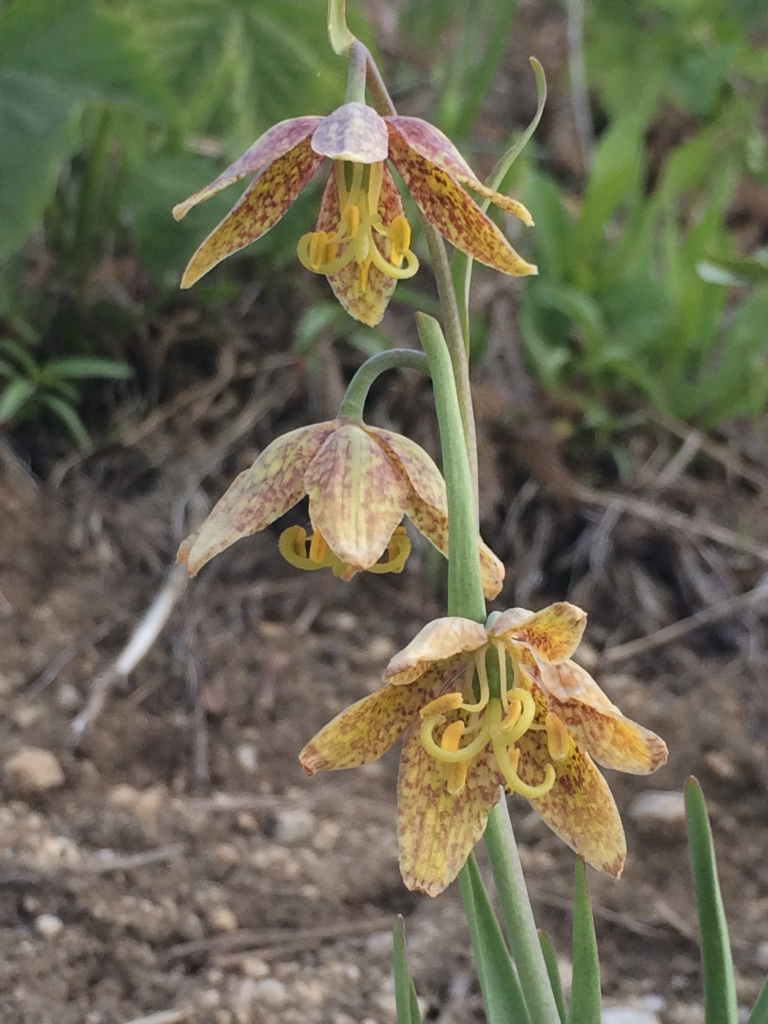
This guy, one of the two common Sierra species, has many of the features of your basic Fritillary. Along with the brownish checkered pattern, the nodding flowers are widely spaced on a tall stem. Its habitat is also pretty typical–relatively dry, open woods or scrub. The most common coast range species, Fritillaria affinis also fits the mold.

In addition to these common woodland species, there are some much rarer ones. This includes two species that took me multiple trips to find. Fritillaria brandegeei from the forests of the Greenhorn Mountains in the Southern Sierras.

and Fritillaria pinetorum from, yes, pine forests in SoCal’s transverse ranges.

Both of these are specialists on granitic soils. In fact, many Fritillaries in the state are soil specialists. For unknown reasons, these specialists tend to be shorter with more clustered flowers than the more common generalists.
If you’re looking for rare plants in California, your first task is often to find serpentine soil. Fritillaries have their share of serpentine specialists including Fritillaria glauca and Fritillaria purdyi, an adorable species from the North Coast Ranges.

Maybe the showiest species in California, Fritillaria recurva also occurs on serpentine, although it can be found in other soils with scrubby vegetation throughout the Northern part of the state.

Its red color means hummingbirds are also likely frequent floral visitors in addition to the usual insect crowd. It also tends to be a fire follower, bringing amazing bursts of red in otherwise blackened landscapes.
There’s another type of soil that seems to bring out the weird in fritillaries. Heavy clay soils have tiny particles that hold onto water and nutrients, making it hard for plant roots to extract. They also tend to form extremely hard clumps covered in salt during the dry season. As with many edaphically extreme conditions, some plants have figured out how to deal with heavy clay, evolving to specialize on the stuff. Fritillaries seem to be pretty good at adapting to heavy clays, particularly in the low elevation grasslands of the state whey they often occur in huge populations. Fritillaria biflora of the coastal grasslands is a great example.

Some of the clay specialists have another unique feature–smell. Fritillaria agrestis has a common name that says it all–stinkbells!

The stink is likely a trick to bring in scat-seeking flies. But rather than an off-putting scent, my favorite fritillary flower Fritillaria striata has a fantastic fragrance.

The sweet smell and white color make hawkmoths a likely candidate for the main pollinator of this very rare plant of the Southern Sierran foothills. However, as with all the species of California fritillaries, we’re not sure. As far as I know, despite the amazing variety of color, shape, and orientation of these amazing lilies, their pollination biology has never been studied.


